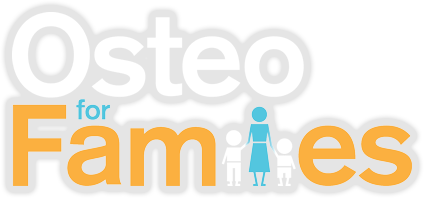3 top tips when dealing with lateral epicondylitis
Lateral epicondylitis is degeneration and irritation or inflammation of the tendons of your arm where they attach to the bony point on the outside of your elbow. It is commonly known as ‘Tennis Elbow’ but it can occur in a range of professions that involve repetitive motions.
It is a condition that can take a while to heal but there are things you can do to help that healing process.
Avoid the aggravating factors
Because lateral epicondylitis commonly results from overuse or repetitive motions, these actions are the first thing we need to look at changing. Whether that be using a racquet, typing, hammering or pouring, whatever the irritating action is, needs to change! Look at adjusting your movement habits by trying to use your opposite hand or altering your equipment setup to begin to reduce the stress on your forearm.
Rest your forearm
Lateral epicondylitis can take some time to heal. We need to allow time without further aggravation for the inflammation to reduce and the tissue to heal. This does not mean you must stop what you are doing, it just means you have to adapt!
Complete exercises
Depending on your stage of recovery certain exercise may be recommended as part of a treatment plan for lateral epicondylitis.
When there is inflammation and pain around your elbow start with these exercises:
Self massage of your forearm - using your other hand, massage the muscles close to your elbow. You are aiming to feel a relaxation or reduced tightness in your muscles.
Spikey ball into the muscle of your forearm - with a firm ball such as a spikey ball gently roll the ball into the tight muscles near your forearm focusing on the tender points. Only apply enough pressure to what you are comfortable with.
Wrist mobility - turn your wrist in circles, bend it up and down, side to side and out and in. This will improve the mobility or range of motion of the wrist. In the early stage we are making smaller movements and as we progress to recovery larger motions may be encouraged.
Strengthening wrist extensors - with your arm bent at 90 degrees and resting on a table with your wrists over the edge, palm down. With a weight in your hand try and maintain a neutral (straight) position of your wrist without letting your wrist fall down. Build up the time spent in this position.
Once the inflammation has reduced and there is minimal pain it's time to progress to gently strengthen the muscles of your forearm
Strengthening wrist extensors (progression) - with your arm bent at 90 degrees and resting on a table with your wrists over the edge, palm down. Using a weight in your hand, slowly lower your hand down, use your other hand to bring the weight back up to neutral then slowly lower back down. As you progress you will be required to bring the weight up and down.
Strengthening pronation and supination at your elbow - holding an object (e.g. hammer or small broom) with the affected arm in an upright position, slowly rotate your hand in and out. You can modify where you are holding the item to challenge your control and strength.
Grip strength - begin by squeezing a stress ball or scrunched up towel, to advance find harder objects to squeeze or try and hold them for longer.
When there is no pain but still tightness in the muscles try:
Self massage and the use of a spikey ball in the muscles
Forearm stretch - with your arm out straight with palm facing down, use your other hand to pull your hand and wrist down until you feel a stretch. Hold for 10-15 seconds and repeat 3 times.
These are general exercises that may be given for lateral epicondylitis. It is important to remember that these may be given as part of a treatment plan and there would be recommended times to complete and progress these exercises based upon the individual.
Remember to seek advice from a trusted health professional before completing any exercises.
What to learn more about lateral epicondylitis?
Check out this blog here.. https://www.osteo4families.com.au/osteopathy-blog-admin/2019/8/17/tennis-elbow-pain-is-also-known-as-lateral-epicondylitis-got-a-pain-in-the-elbow-what-is-lateral-epicondylitis-and-what-can-you-do-about-it
If you have any questions about lateral epicondylitis get in touch through our website or call 0416 161 411

